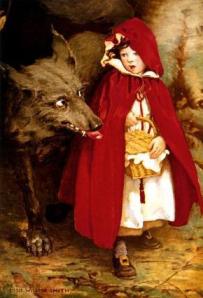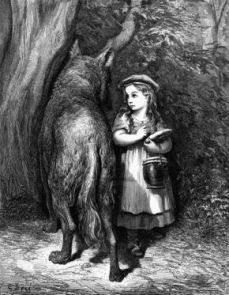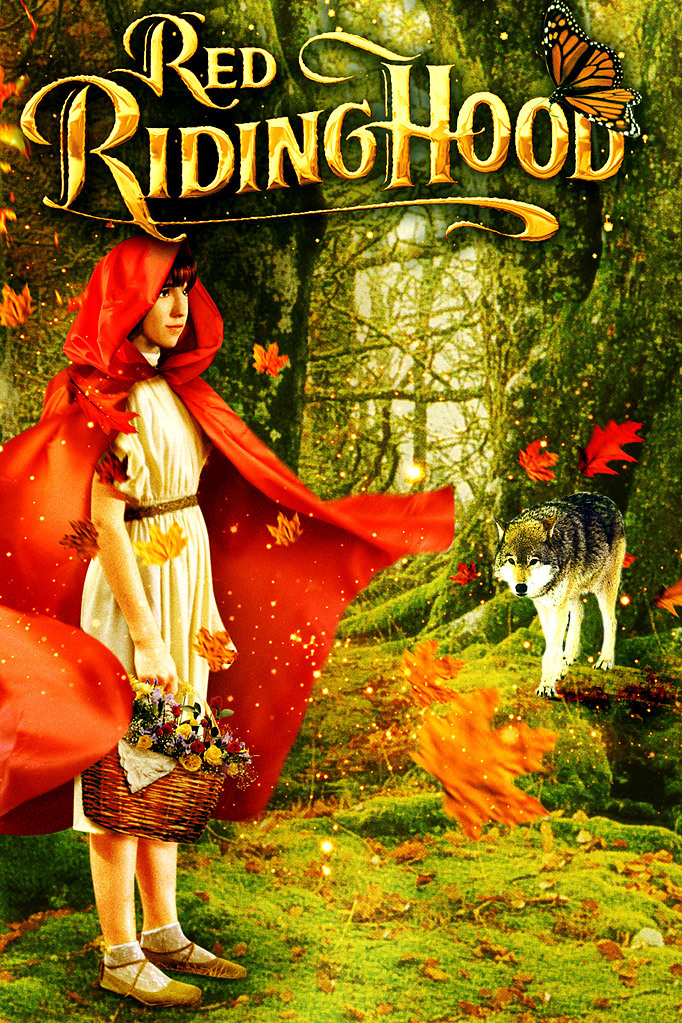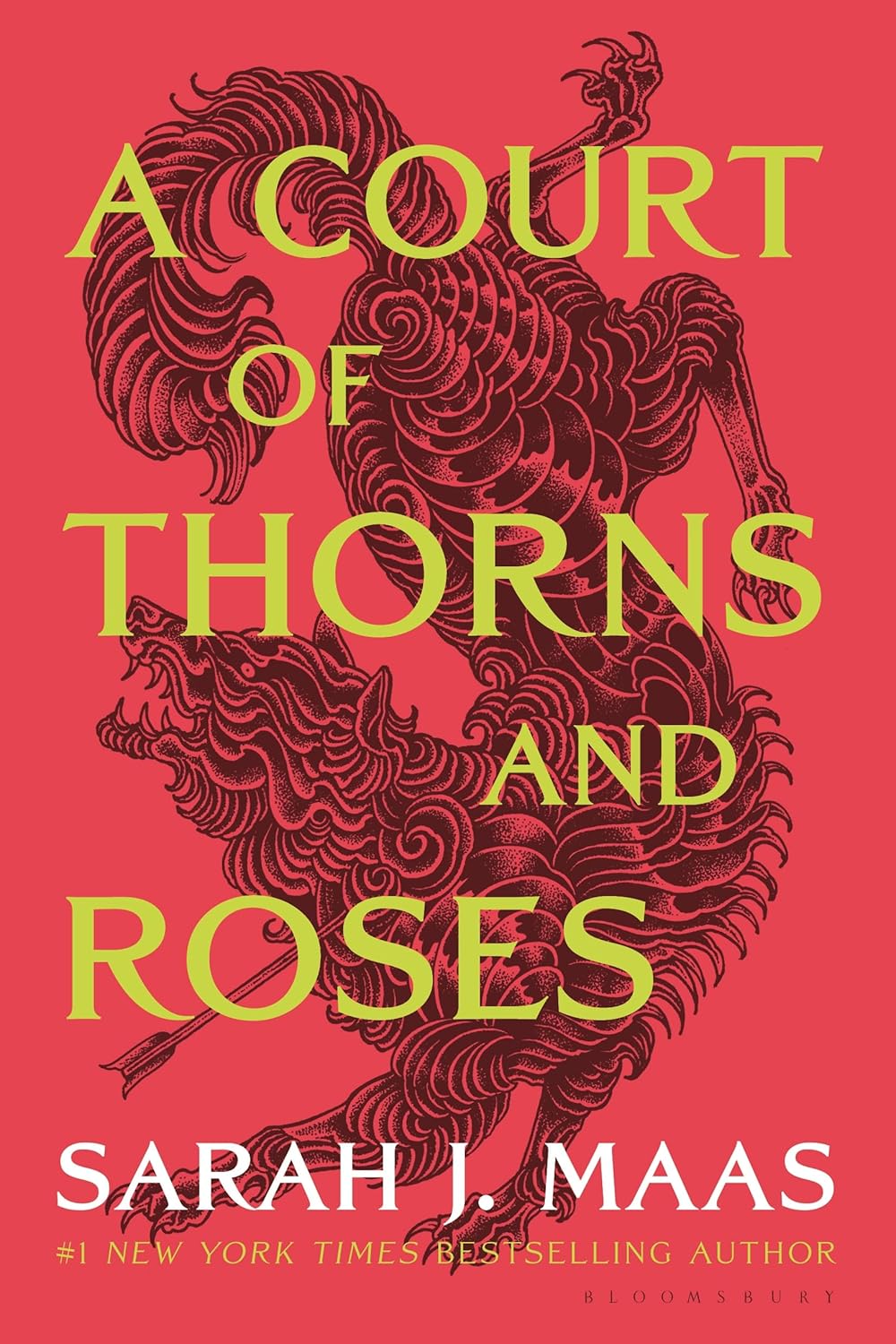- Home
- Fairy Blog
- Fairy Cakes
- Fairy Quotes
- Safety Dance
- The Flower Fairies Books
- What is a Fairy?
- Are Fairies Real?
- Elemental Fairies
- Faeries
- What are the Fae?
- Fae Fantasy Books
- Fairy History
- Origin of Fairies
- Fairies in Folklore
- Pixies
- Pixie Fairy Differences
- Gothic Fairies
- Tooth Fairy
- Fairy Festivals
- Fairy Gardens
- Fairy Garden Accessories
- Fairy Forests
- Fairy Poems
- Fairy Tales
- Fairy Tale Origins
- Classic Fairy Tales
- 24 Fairy Tales
- Fairy Tales around the World
- About Fantasy Creatures
- Dragons
- Dwarves
- Elves
- Gnomes
- Leprechauns
- Mermaids
- Unicorns
- Fairy Face Painting
- Free Fairy Art
- Fairy Coloring Pages
- Fairy Crafts For Kids
- Chinese Dragon Art
- How to Draw a Dragon
- Chinese Dragon Drawing
- Dragon Coloring Pages
- Fairy Tattoo Ideas
- About Us
- Contact Us
- Disclaimer
- Privacy Policy
Red Riding Hood and Wolf
"Red Riding Hood and Wolf" - Go with us into the magical narrative world of the beloved story that has fascinated young minds for centuries. It spins an adventurous saga of innocence and slyness, involving the tale's memorable characters - Red Riding Hood and the cunning Wolf. This tale isn't just any regular story, but a timeless piece that displays drama and wit paired with life lessons.

Red Riding Hood and the Wolf
Fairy Tale World
The origins of "Little Red Riding Hood Story" can be traced back to the oral storytelling traditions of various European cultures. Scholars believe that the story may have roots in ancient tales from the 10th or 11th century, passed down through generations before being committed to writing. This early version of the story likely varied in details and themes, as tales were often modified according to the values and beliefs of the storytellers.
Little Red Riding Hood Story has been passed down through generations and has seen countless adaptations, reflecting cultural differences and social values. The history of "Little Red Riding Hood" not only highlights the evolution of oral storytelling traditions but also serves as a testament to the enduring appeal of cautionary tales for children.
The earliest known written version of the story can be traced to French author Charles Perrault in 1697, who included it in his collection "Tales and Stories of the Past with Morals," also known as "Mother Goose Tales."
Perrault's version is titled "Le Petit Chaperon Rouge" (Little Red Riding Hood). In this version, the story ends with the wolf eating Little Red Riding Hood, and there is no happy ending or woodsman to save her. The moral of Perrault's story is for young girls to be wary of strangers and not be led astray by appearances.
The plot revolves around the brave yet innocent Red Riding Hood who receives the responsibility of carrying food to her sickly grandmother. Her adventure begins as she strolls through the dense forest, where she bumps into the nasty Wolf.
History of Little Red Riding Hood and Wolf

The first known written version of "Little Red Riding Hood" comes from French author Charles Perrault, who included the story in his 1697 collection titled "Tales and Stories of the Past with Morals," also known as "Mother Goose Tales." Perrault's version, titled "Le Petit Chaperon Rouge," introduced the familiar elements of the young girl wearing a red hood, the cunning wolf, and the grandmother. However, it differed significantly from later versions in its ending. In Perrault's rendition, the wolf devours Little Red Riding Hood after tricking her into bed, and there is no woodsman to save her. The story concludes with a moral warning young girls about the dangers of straying from the path and talking to strangers.
About a 20 years later, in 1812, the German brothers Jacob and Wilhelm Grimm included their version of the story in their famous collection of folktales, "Children's and Household Tales" (Grimms' Fairy Tales). Their adaptation, titled "Rotkäppchen" (Little Red Cap), borrowed elements from Perrault's version but introduced the character of the woodsman (or huntsman) who rescues both Little Red Riding Hood and her grandmother from the belly of the wolf. The Grimms' version became widely popular and established the foundation for the modern understanding of the story.
More Modern Red Riding Hood and Wolf
The story has evolved over time, with various authors and adaptations altering its details. Many versions of the tale have been created, ranging from children's picture books to film and theater adaptations. Some versions explore darker themes or provide alternative endings, while others soften the story for younger audiences.
The history of "Little Red Riding Hood" reflects the way in which oral storytelling traditions change and adapt over time, revealing cultural differences and social values. The story has endured, in part, because it serves as a cautionary tale for children about the dangers of straying from the path and speaking to strangers.
In the 20th century, "Little Red Riding Hood" made the transition from the page to the stage and screen. The story was adapted into various theatrical productions, animated films, and live-action movies, each with its own interpretation of the original tale. The character of Little Red Riding Hood became a symbol of innocence and vulnerability, while the wolf came to represent deception and danger.

The thing about "Red Riding Hood and the Wolf" it unravels more than just a fairy tale journey, it silently imparts essential life lessons. The characters subtly represent innocence, deceit, and survival, making them similar to some real-life events. That's what makes it a classic, an age-old story that continues to hold the appeal for young readers.
The "Red Riding Hood and the Wolf" tale about the interaction between a girl and an evil wolf. It takes you beyond the usual fairy tale and provides wisdom about trust, deception, and survival in the real world.
Its timeless appeal expands across generations and cultures, making it a living tale that continues to teach vital life skills like being cautious and not trusting appearances easily.
Read more about the Little Red Riding Hood Story here.
Read more about Fairy Tales here.
Visit this page to see our list of many different Fairy Tales.
Amazon Audible Promo
With Amazon Audible’s holiday promo ($0.99/month for 3 months) and the release of Harry Potter: The Full-Cast Audio Editions, there's never been a better time to join.
Book of the Month
The Best Selling Fae Fantasy Book! A great Christmas gift!
CLICK HERE for more information and best price!
Recent Articles
-
Fae Fantasy Books - where love can be both thrilling and terrifying!
Nov 22, 25 02:34 AM
Fae Fantasy Books - explore new aspects of what it means to be human in a world where magic and immortal beings exist! A perfect blend of danger and allure! -
Water Fairies: Meet the Mystical Undines of the Waters
Nov 19, 25 02:45 AM
Water fairies, often called undines, are enchanting magical beings deeply connected to the element of water. These spirits appear in folklore and fairy tales -
Earth fairies are elemental beings connected to the earth element.
Nov 19, 25 02:34 AM
Earth fairies, also known as gnomes, are elemental beings deeply connected to the earth element. They have rich roots in folklore, mythology, and fairy tales




